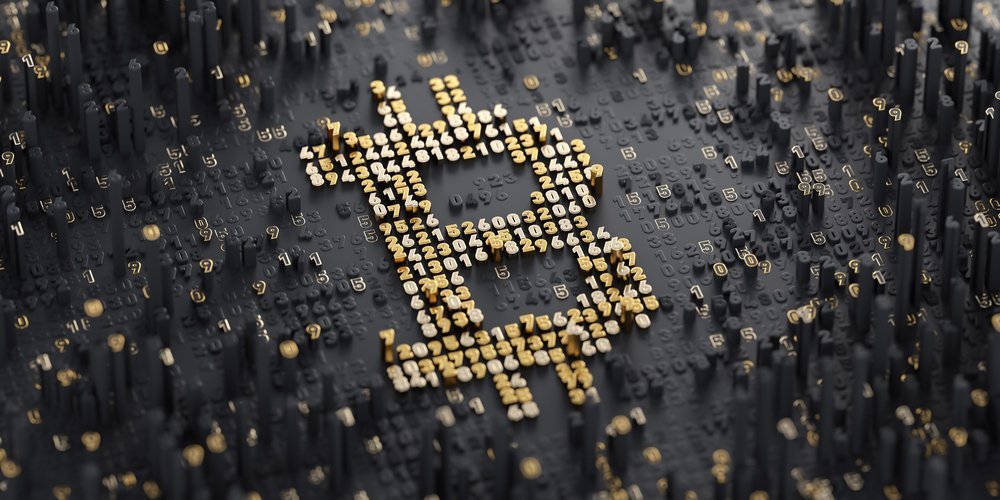
Blockchain is the latest innovative financial technology to push boundaries in globalization through digitizing assets and providing transparency. The bitcoin currency acts as the fuel driving the blockchain engine. Apart from that, you may use useful trading tools by using a good trading platform like Bitcoin Sprint.
The password-retrieval process has been around for centuries – but with increased hacking risks, cyber-attacks are on the rise, quickly catching up with security measures as new technologies come into play. As a result, the developers and users of bitcoin have a common goal: to create a safe, reliable, and more secure password-retrieval process.
To pull it off, they have introduced a new currency: bitcoin. Bitcoin’s value is steadily growing as the demand for a safer password-retrieval process has grown exponentially.
Need for an alternative currency:
The need for an alternative currency came about with the hacking of the DAO due to its vulnerability in the programming language it was built on, intelligent contracts, and other corruption issues in other major cryptocurrencies such as Ethereum. However, the most significant problem was that people stored passwords in a public area of the DAO; anyone could access them and use them for malicious purposes.
To prevent further damage from befalling the DAO, its community decided to close it down and move forward with an improved version called Decentralized Autonomous Organization (DAO). It is when the bitcoin developers came into play. They decided that instead of removing the entire code base, they would try to improve it by using new technology, blockchain. Let’s see the global perks of bitcoin and blockchain.
Blockchain for globalized health care:
Organizations in the healthcare industry can easily use blockchain. What is needed is a more secure password storage method to replace outdated technology, like database encryption. The major problem with this method is that it requires companies and governments to share information regarding their databases among themselves and each other.
Using bitcoin, a distributed key-value database, they would only need one set of information from each company or government agency. From there, the individual data could be retrieved by companies through a login process where both the administrators and users of the database know the current password for accessing said data.
The security behind the bitcoin network makes it an attractive option for companies and governments. Moreover, since peers run the network, there is an added level of security since it becomes virtually impossible to hack so long as newer generations of hardware remain in place and are upgraded regularly.
Inflation protection:
The prospect of going back to the gold standard to stabilize currencies has long been a goal for governments seeking a stable currency. With bitcoin, investors can choose their bitcoin rate and fiat currency rate. Moreover, it protects them from excessive inflation by preventing the central banks from printing money not backed by tangible commodities.
The cost of mining bitcoins has risen significantly since its introduction in 2009. This rise in mining difficulty from mining companies is due to the growing network size, so fewer miners can compete with one another. However, the effect on bitcoin’s price hasn’t been significant because the price of bitcoin remains roughly within the control of each other between major cryptocurrencies such as Ethereum, Ripple, and Litecoin.
Short Settlement Times and Low Fees:
Traditional financial institutions are still widely used for low fees, allowing for quick and easy money transfers. However, most companies and governments who are using bitcoin would instead use blockchain technology than the ones from traditional banks. As a result, Bitcoin’s fees at most exchanges have reached as low as $0.04 on average, which is near the cost of a pint of milk in many places across the globe.
Other perks come with using bitcoin, such as lower transaction fees, low-interest rates, faster settlement times, and increased privacy. With a growing number of users across the globe, the demand will continue to grow alongside additional stores accepting bitcoin payments.
Retail Stores:
The retail sector has been a pioneer in embracing technology and new inventions. The brick-and-mortar stores that are using bitcoin for payments accept that the digital currency is here to stay and poses no threat to their business model. They also realize that it can be better for them in the long run as they can use it to gain new customers, especially from countries that prefer other payment methods, such as credit cards and debit cards.
As with any other currency, Bitcoin already has its blockchain technology which many companies are now adopting within the finance industry and others outside of it. Yet its purpose is to facilitate monetary transactions and allow people to make them cheaper. It has led to the adoption of blockchain for banking as it has taken a step into the mainstream. But, as with any system, there are also setbacks to blockchain and bitcoin.
The unique feature of bitcoin is its decentralized nature. Central banks control the value of fiat currency through regulation and interest rates, which can create market volatility.
ATTENTION READERS
We See The World From All Sides and Want YOU To Be Fully InformedIn fact, intentional disinformation is a disgraceful scourge in media today. So to assuage any possible errant incorrect information posted herein, we strongly encourage you to seek corroboration from other non-VT sources before forming an educated opinion.
About VT - Policies & Disclosures - Comment Policy



